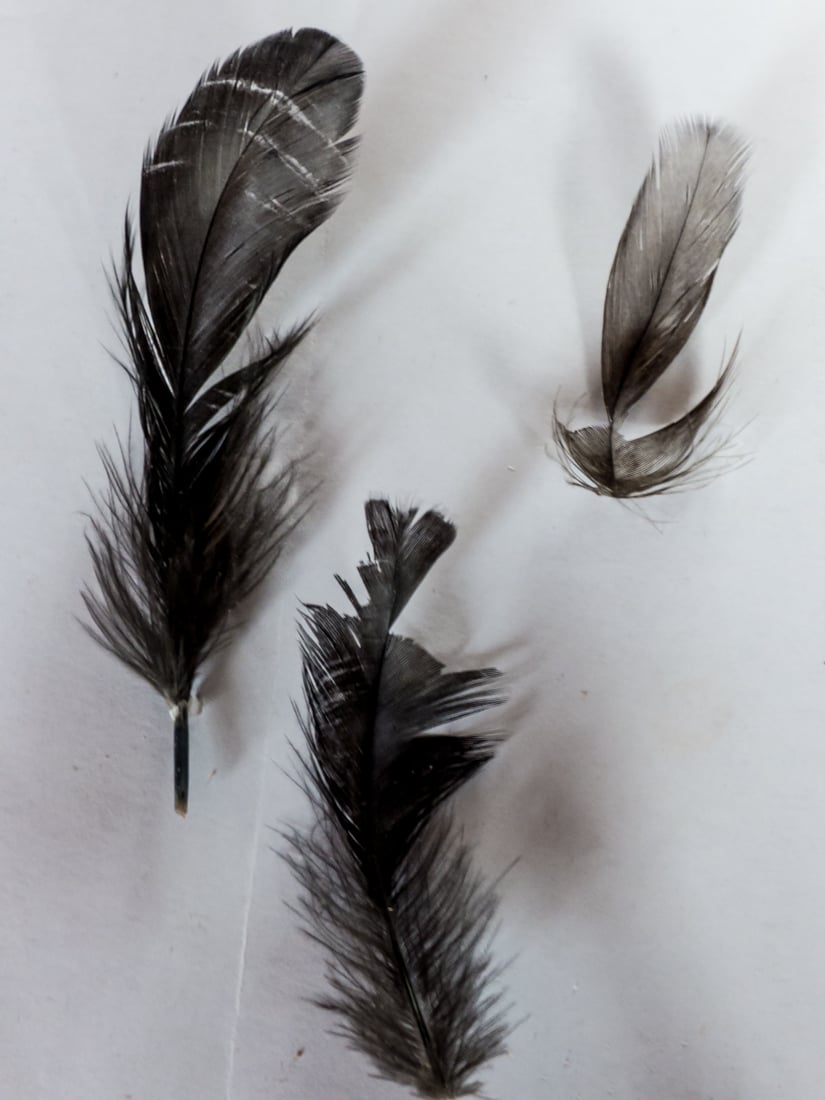Billy83
Hatching
- Nov 12, 2015
- 6
- 2
- 9
Hi everyone,
I'm at my wits end with this problem which has now spread to a number of birds. Basically something is eating away the feathers in dead-straight lines just as if you've taken a pair of scissors and cut a chunk out. Some feathers are worse than others but its now visible from a distance, especially on wing feathers.
I've added a photo - could this be some sort of mite? I treated the birds with a general louse / mite powder which didn't have any effect. I got some Frontline and gave them two sprays to some bare skin at the back of the neck but this hasn't worked either.

If anyone has some information that would be great,
Billy
I'm at my wits end with this problem which has now spread to a number of birds. Basically something is eating away the feathers in dead-straight lines just as if you've taken a pair of scissors and cut a chunk out. Some feathers are worse than others but its now visible from a distance, especially on wing feathers.
I've added a photo - could this be some sort of mite? I treated the birds with a general louse / mite powder which didn't have any effect. I got some Frontline and gave them two sprays to some bare skin at the back of the neck but this hasn't worked either.
If anyone has some information that would be great,
Billy








